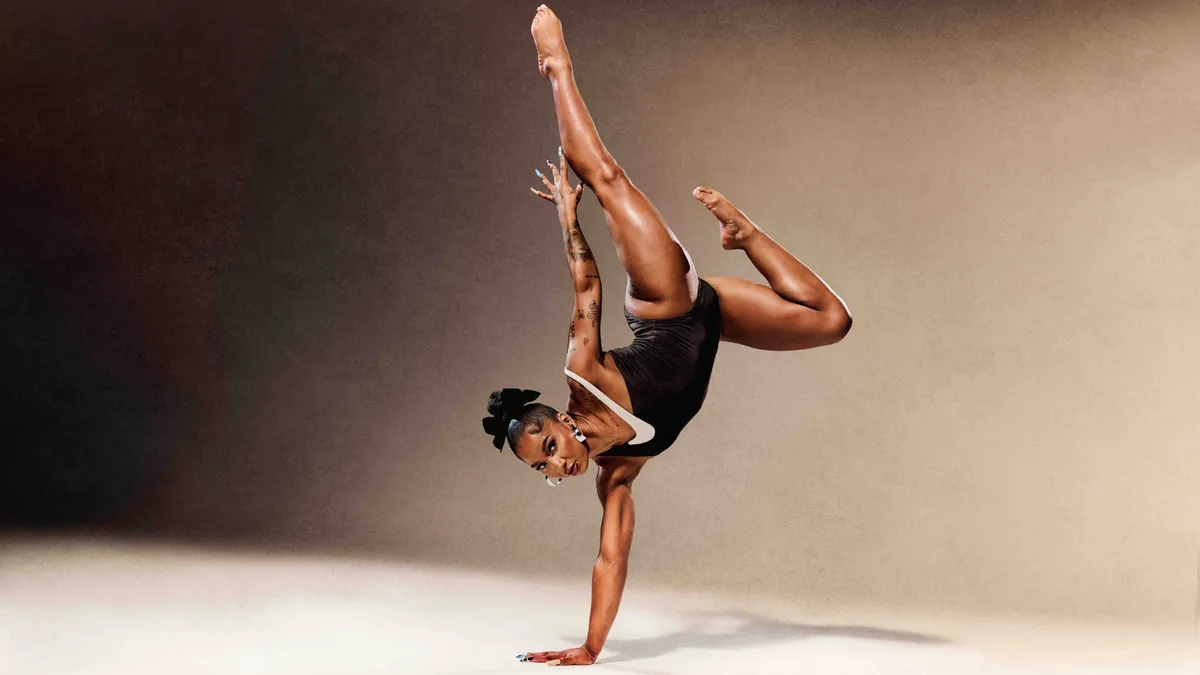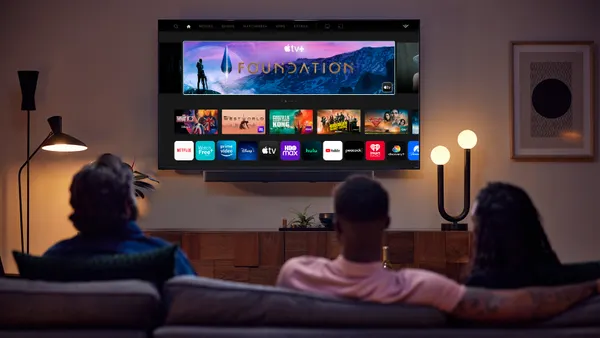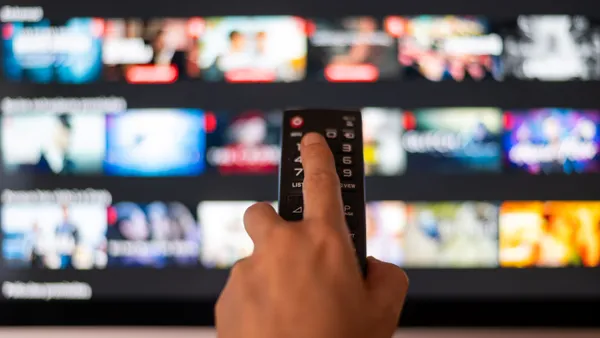The definition of TV continues to evolve as consumer behavior changes. What is considered TV has moved beyond cable or streaming programming and has creeped into short form and social content as well. In fact, 41% of consumers say viewing both social media videos and streaming services count as “watching TV,” according to data from Deloitte. While this shift could create complications for marketers, it also has the potential to reduce the fragmentation headache.
“Campaigns are no longer just linear, just digital or a combination of the two. It's got to include social,” said Danny Ledger, principal and telecom, media and entertainment leader for consulting services at Deloitte Consulting.
Deloitte’s “Digital Media Trends, fall 2025 edition” report includes data from 3,584 consumers gathered via an online survey fielded in the second quarter of 2025. The survey was conducted by an independent firm and results were weighted against census data.
TV-time, redefined
Time spent consuming social video has come to rival time spent with more traditional TV content, such as streaming video. Over a third, 35%, of consumers spend more time viewing video on social media than streaming services, with that number increasing for younger age groups. When looking at millennials, that number jumped to 44% and rose to 58% among Gen Z users. Partnering with creators is one way traditional media may be able to recapture that attention.
“Embracing creators in traditional media isn't just a passing trend, it's actually a huge strategic imperative. Audiences, especially younger audiences, are spending more time with creator driven content and that shift is fundamentally changing how people discover, engage and value entertainment,” said Ledger.
Platform shifts are just one aspect of the changing media landscape. Viewing sessions are changing as well. Micro-series, or micro-dramas, have increased in popularity among social-media minded consumers. These serialized short-form videos are usually a minute long and are vertical, the orientation of most social media apps.
Nearly half, 45%, of survey respondents were familiar with this type of content and 45% of millennials and Gen Zers are watching more micro-series than they did a year ago. There is even a desire among consumers to see micro-series on subscription video on demand (SVOD) platforms. Forty-nine percent of millennials and 44% of Gen Zers want to see micro-content on such platforms. The vertical format of micro-series is being well-received. Forty-three percent of millennials and 42% of Gen Z survey respondents said they prefer the vertical video format used in micro-series.
The fragmentation puzzle
Advertising-based video on demand (AVOD) continues to grow in popularity among consumers. Of SVOD subscribers, 66% have at least one AVOD service, up from 54% in the spring of 2025. AVOD has proven to be more popular with older subscribers, with 70% of millennials, 74% of Gen X and 71% of boomers having at least one subscription. Only 42% of Gen Z have an AVOD subscription. The question is, will these consumers look for more premium TV experiences as they mature, or will they stick with social video?
Ultimately, the video landscape will continue to fragment. Whether consumers choose to spend their time on AVOD, SVOD, linear TV or social media video, the traditional TV-based advertising model is no longer viable. If brands want to be successful, they too need to redefine what is considered “TV” and start treating all platforms as one cohesive package. This could be accomplished by not overcommitting to any one platform and designing campaigns that work across a number of platforms, per the report.
“When looking at buying media, marketers should move away from just siloed television or digital media plans,” said Ledger. “They should treat social video and short-form content as a core screen and integrate with their streaming and broadcast buys.”














